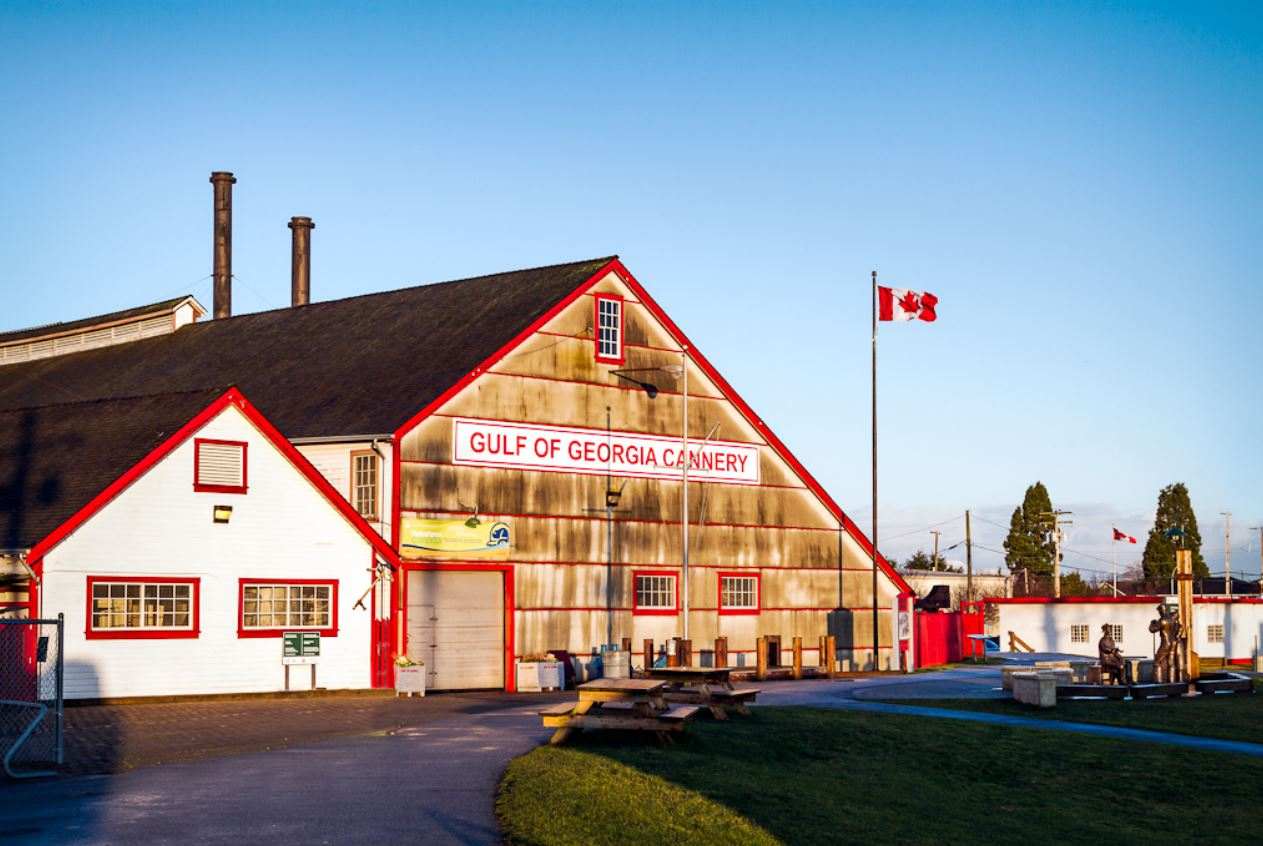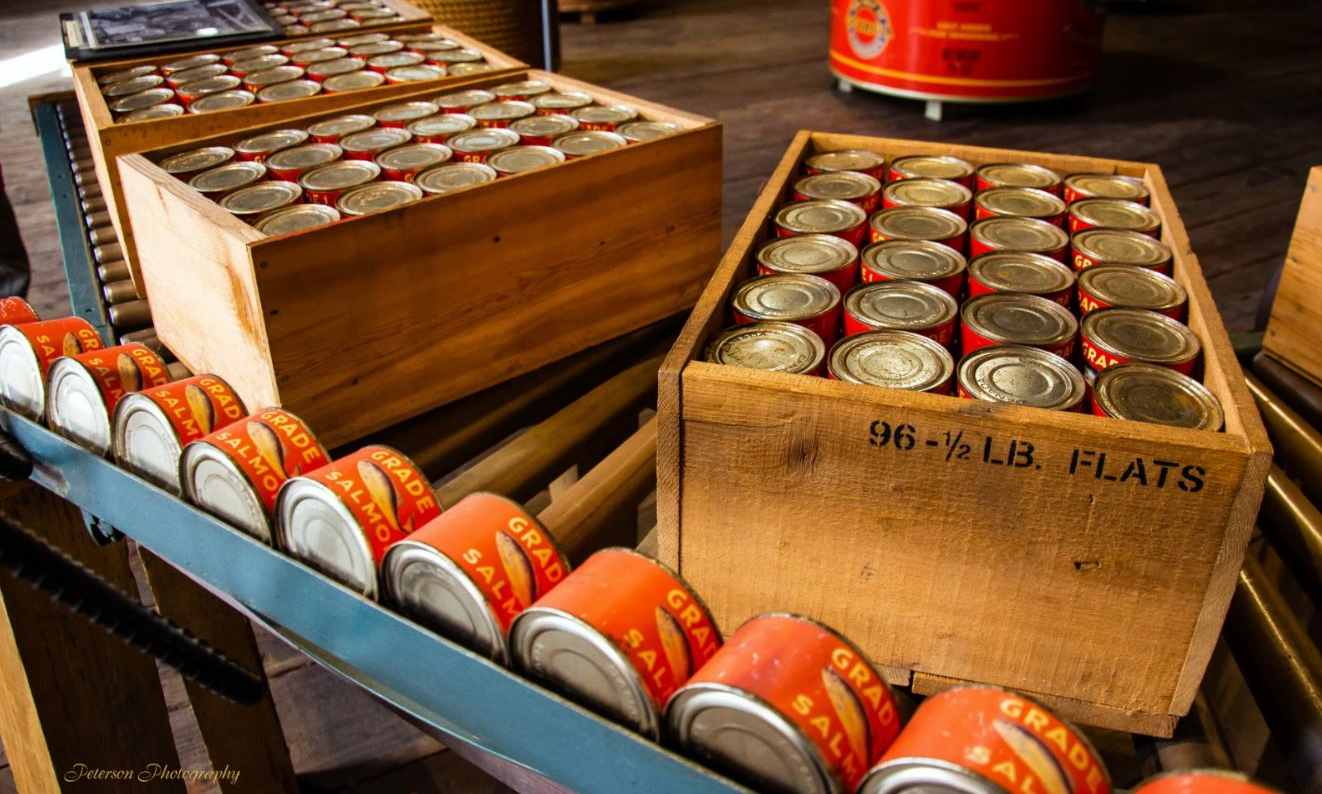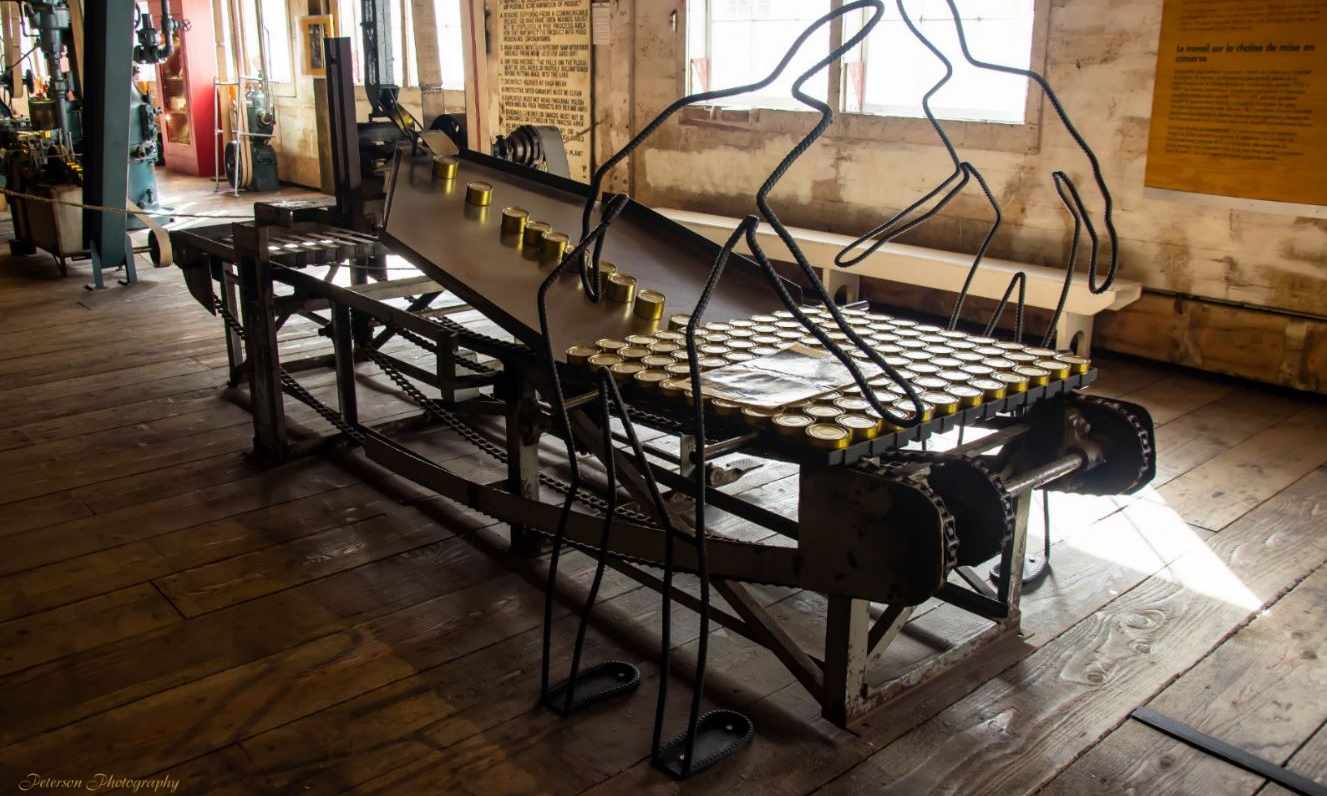Gulf of Georgia Cannery National Historic Site

© Giovanni Martorella
The Gulf of Georgia Cannery was designated a national historic site in 1976.
Commemorative plaque: 12138 4th Avenue, Richmond, British Columbia Footnote 1
For thousands of years the fishery has been vitally important to people on Canada's west coast. It provided food for Aboriginal peoples and is still an essential element of their culture. Commercial fishing began in the 1830's when the Hudson's Bay Company salted salmon for export in barrels. More efficient fishing methods, new canning and freezing technologies, and access to remote markets by ship and railway fostered an industry which has for generations employed men and women of many origins. The Gulf of Georgia Cannery, built in 1894, serves as a symbol of this history.

© Sonja Peterson Photography

© Sonja Peterson Photography
Description of historic place
Gulf of Georgia Cannery National Historic Site of Canada is a large complex of wooden buildings associated with fish processing and canning built on wharf structure situated on the north bank of the south arm of the Fraser River at the River’s mouth on the Gulf of Georgia in the village of Steveston. It is operated now as a historic site open to the public.
Heritage value

© Johnny Choi
Gulf of Georgia Cannery was designated a national historic site in 1976 because of: its association with the West Coast Fishing Industry, from the 1870s to the modern era, its location in Steveston, historically the most important fishing village on the West Coast, the cannery buildings and extant resources which reflect the industry’s development.
The heritage value of the site is carried by the physical complex of buildings constructed and modified between 1894 and 1964 and their illustration of industrial fish processing and canning during the first half of the twentieth century. Over the years, the cannery evolved into a herring reduction plant and finally ceased functioning in 1979 when the buildings were used as storage and a netloft facility until purchased by the Government of Canada for operation as a national historic site.
Sources: Historic Sites and Monuments Board of Canada, June 1977 Minutes; Commemorative Integrity Statement, November 1997.
The National Program of Historical Commemoration relies on the participation of Canadians in the identification of places, events and persons of national historic significance. Any member of the public can nominate a topic for consideration by the Historic Sites and Monuments Board of Canada.
- Date modified :